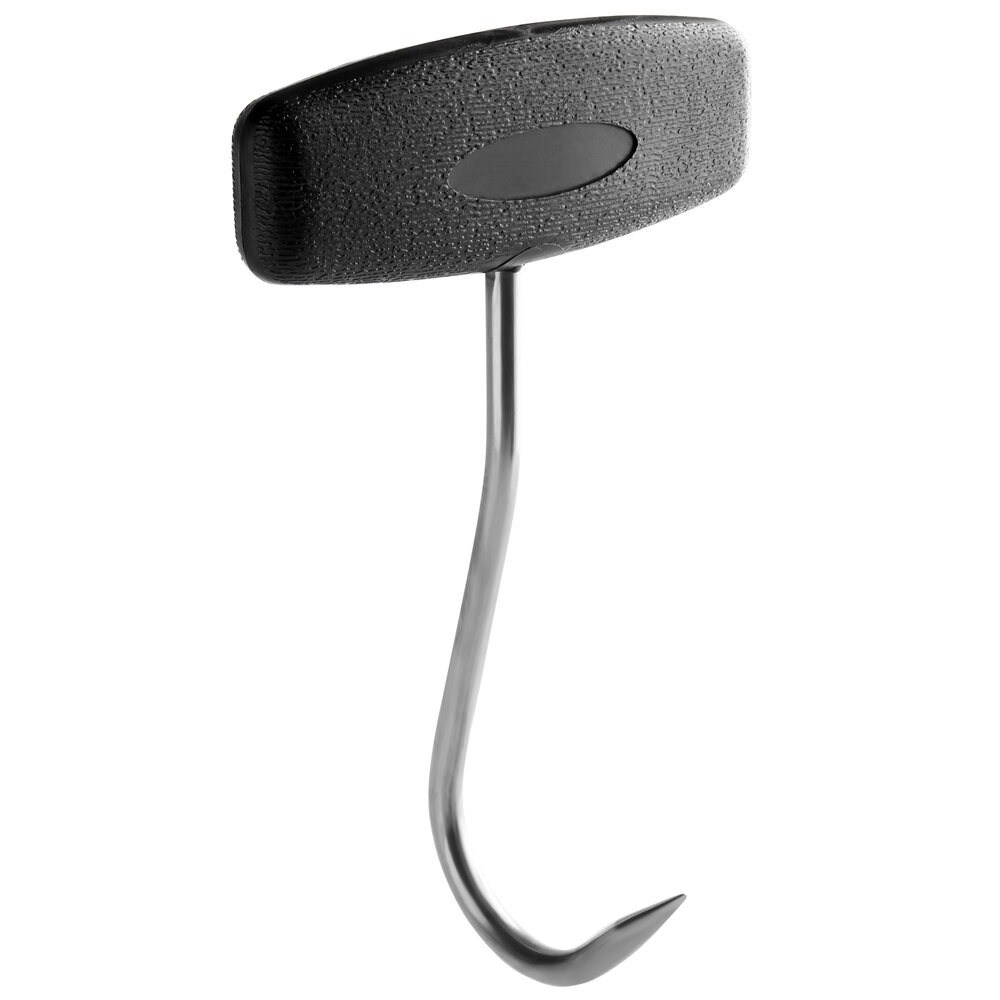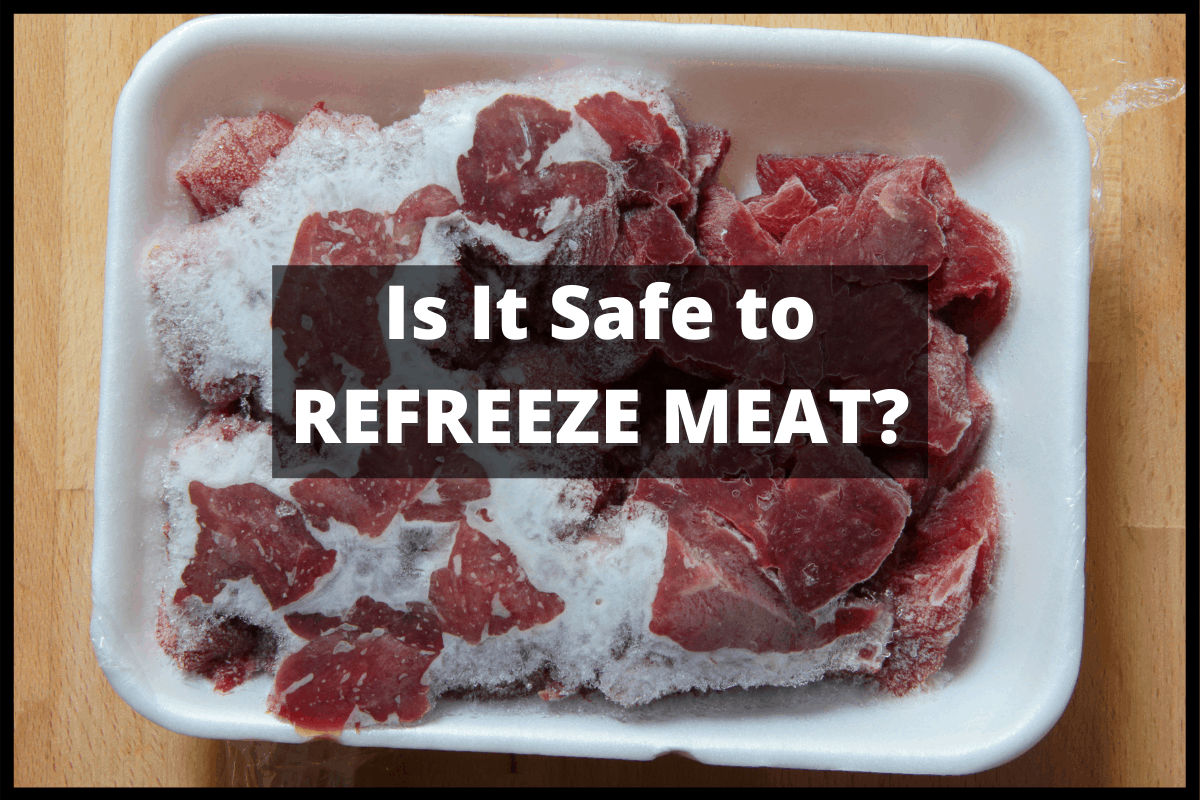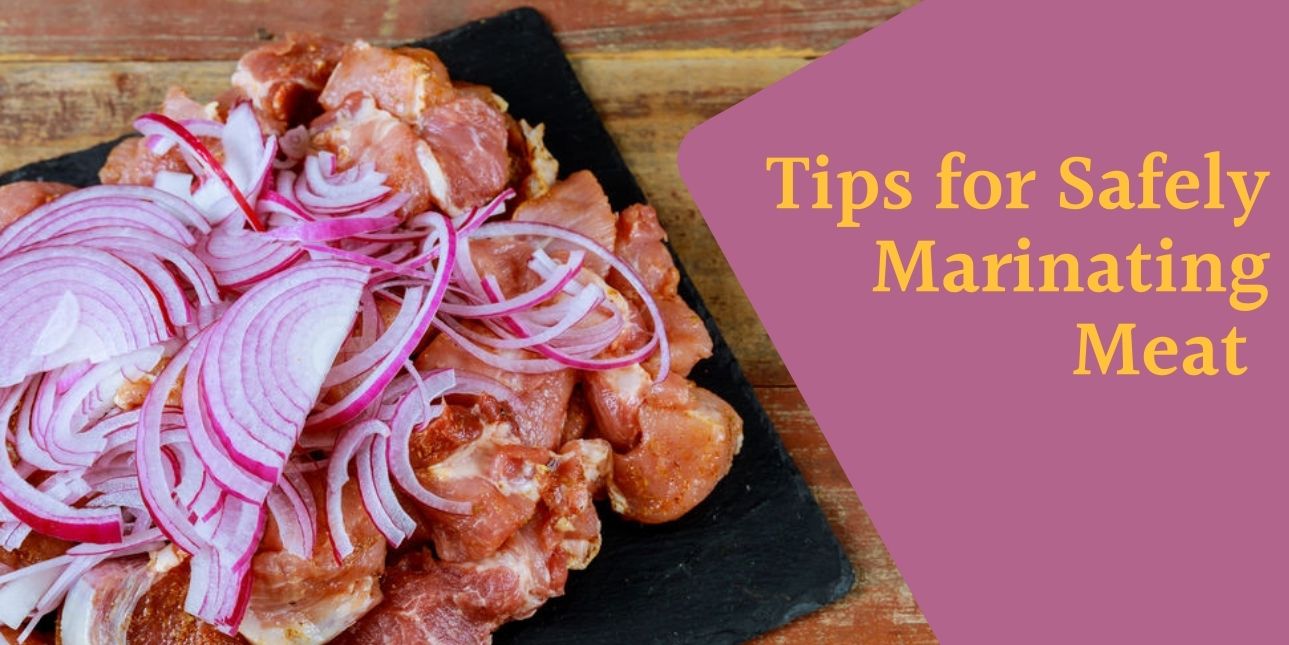Ideal Info About How To Handle Meat Safely

Asar a la parrilla y seguridad alimentaria;
How to handle meat safely. From gatherings that include ham, turkey or roast beef, to informal meals of burgers or steak at a barbecue, meat safety isn’t usually part of the dinner conversation.however, safe meat handling is paramount to safe meat eating, and is something everyone should practice whether it’s in the kitchen or on the grill. Use a food thermometer to check. What is the safest way to handle raw meat?
May 4, 2016 raw meat can become very dangerous if it's not handled properly. Let the meat rest 7. Cleanliness helps prevent foodborne illness;
Allow 24 hours to defrost each 2.5kg/5lbs of meat or chicken. Uncooked sausages include fresh (bulk, patties or links) and smoked sausages. If you only have one board or knife, make sure to clean it with hot, soapy water after using it for meat.
Choose lean cuts of meat. What is food handling? Whole cuts of beef, veal, lamb, and pork cooked to 145°f (then allow the meat to rest for 3 minutes before carving or eating) ground meat, including beef and pork, cooked to 160°f
How to safely handle and cook meat. Always wash hands after handling uncooked meat, chicken and other poultry, seafood, flour, or eggs. Usda, food safety and inspection service.
Get in the habit of washing your hands with warm water and soap throughout the day. If you use dishwashing gloves to handle meat, be sure to wash the gloves after use. Additives in meat and poultry products;
Food handling is the process of preparing food that is safe for public consumption. Safe meat handling and cooking temperatures. When shopping, take food straight home to your refrigerator.
Wash your utensils, cutting boards, and countertops with hot, soapy water after preparing each food. All poultry, including ground chicken and ground turkey, cooked to 165°f; Red meat like beef, pork and kangaroo can easily cause food poisoning if not handled properly.
The easiest way to do so is through online food safety training and by enforcing food safety protocols and procedures in your business. They can be made from red meat (for example, beef, pork, lamb or veal), poultry (turkey or chicken, for example) or a combination. With raw meat, you should be washing your hands before and after handling to avoid spreading bacteria.
Your meat, poultry, eggs, seafood, and other perishables—like strawberries, lettuce, herbs, and mushrooms—within 2 hours of purchasing. Heat a skillet on high heat; Essential to implementing safe food handling is that food handlers receive training on personal hygiene and sanitation, cooking and storing food at appropriate temperatures, and other safe food handling practices.
















:max_bytes(150000):strip_icc()/chicken-and-poultry-safety-tips-995347_V1-2a59ae3e577146d09bb5a3861db3077c.png)

